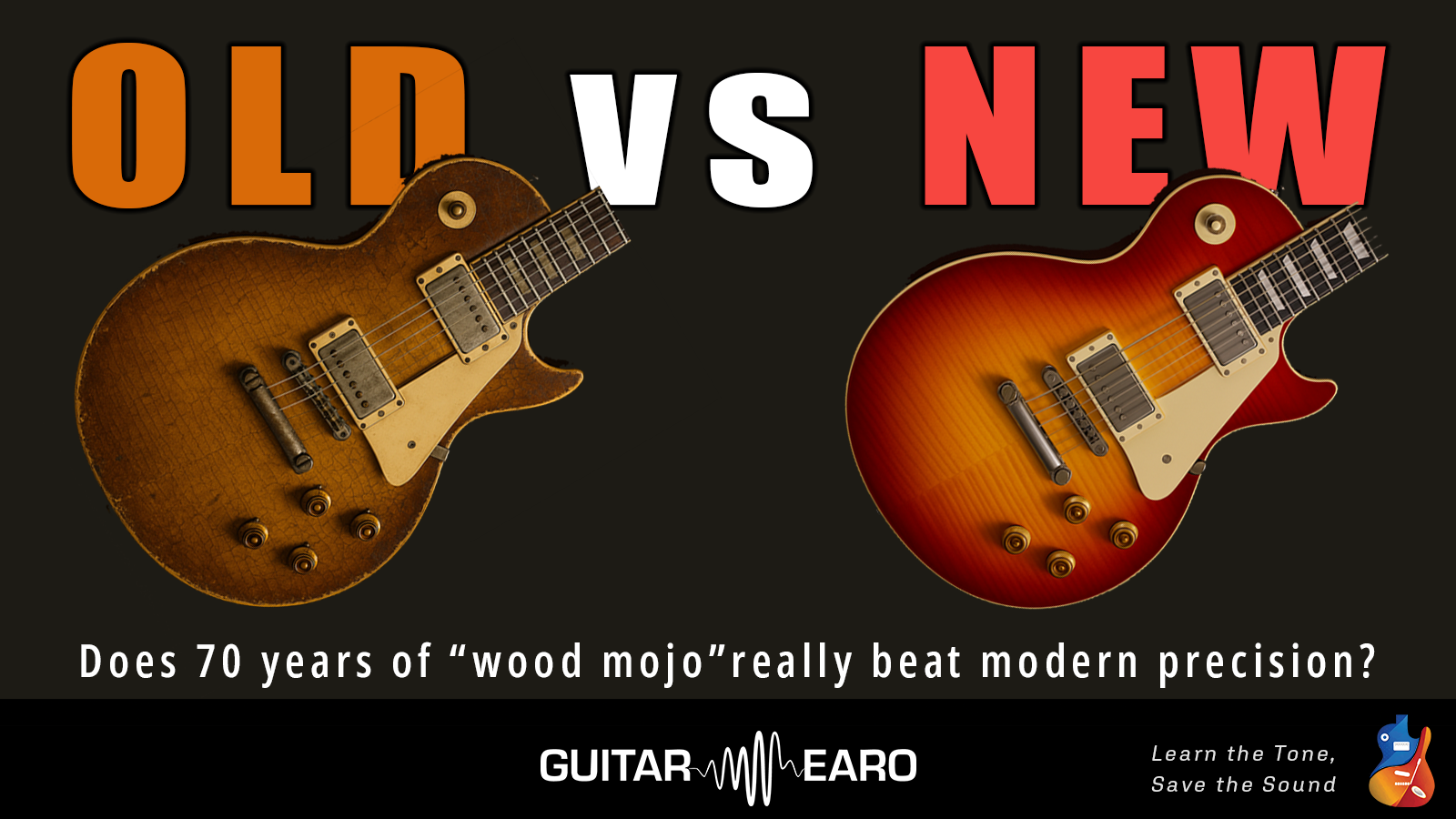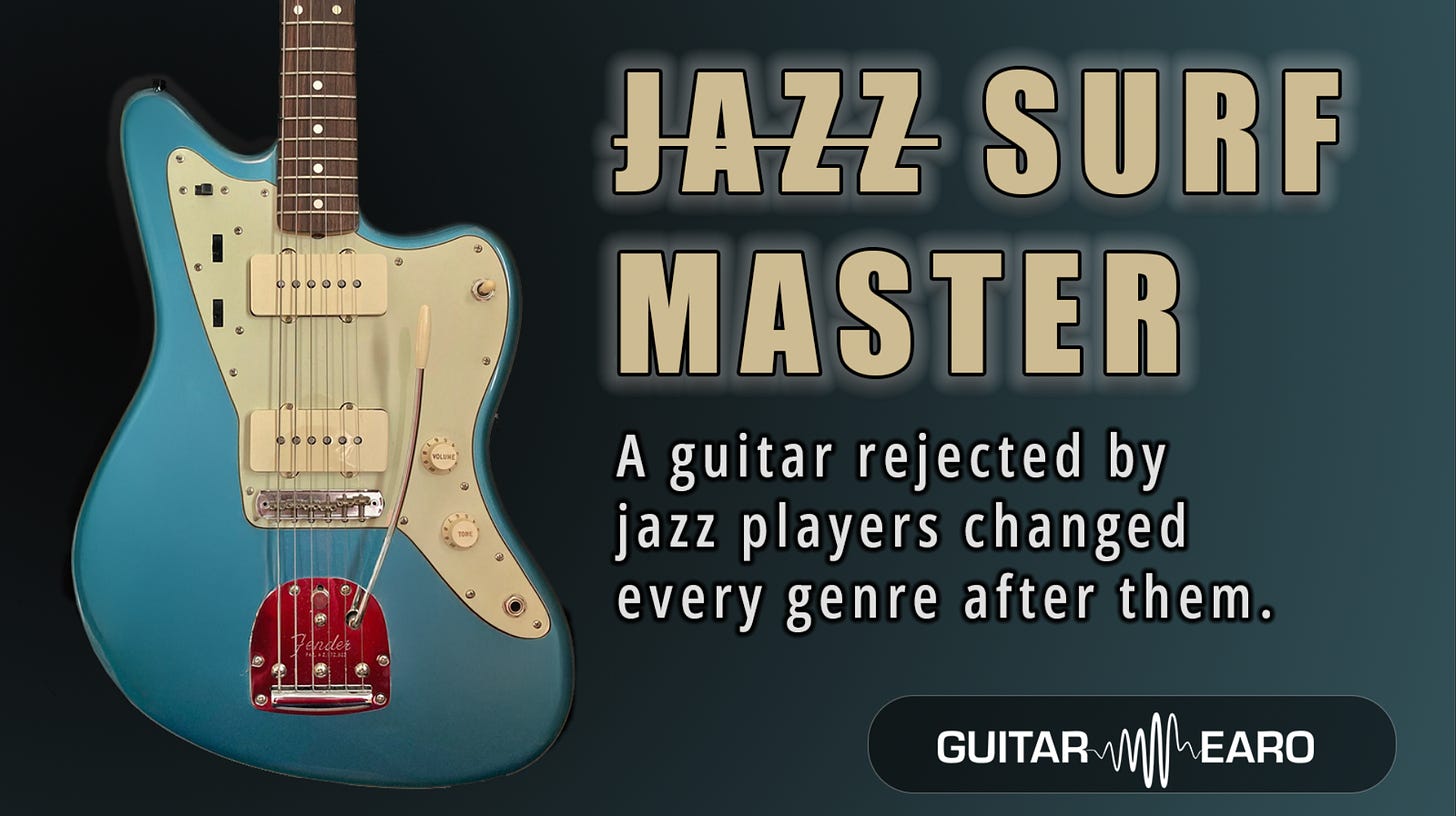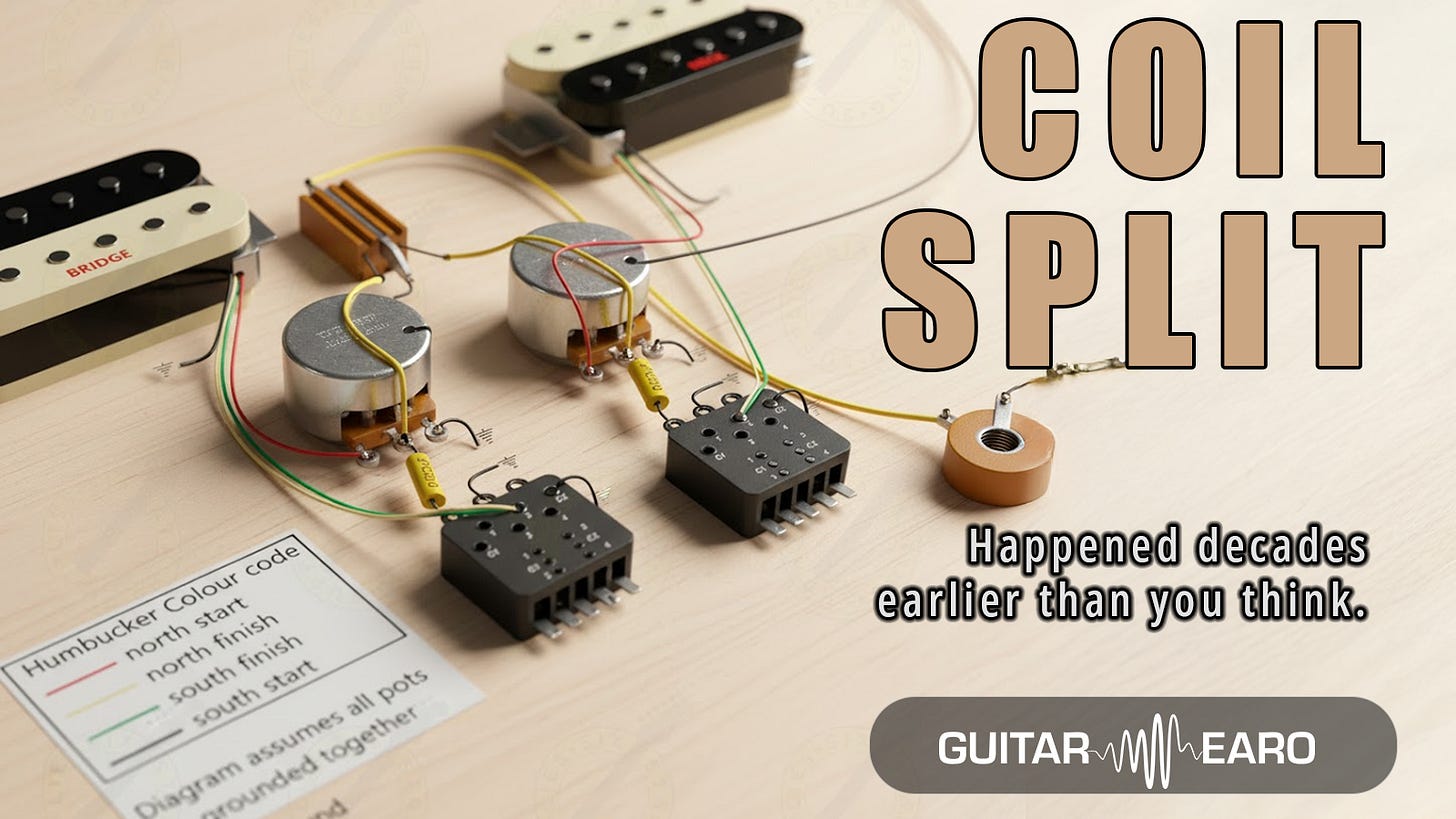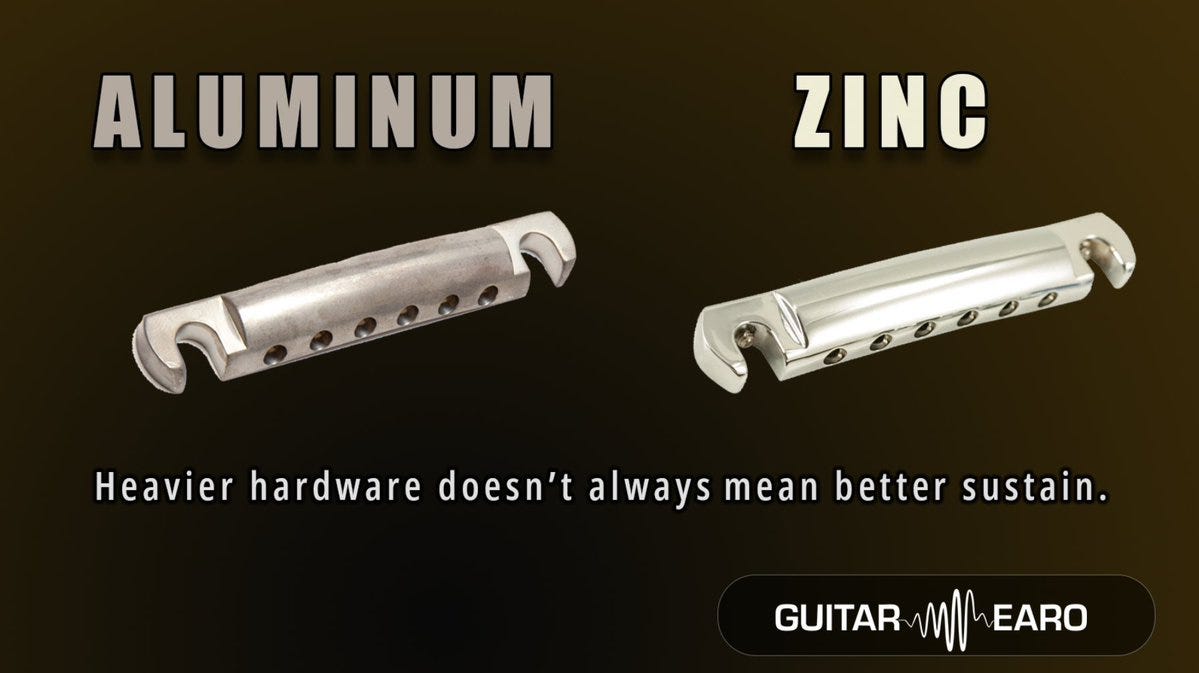Walk into any vintage guitar shop and you will hear it whispered like gospel:
“Nothing sounds like old wood.”
To believers, decades of vibration, dried resins, and hardened fibres give vintage guitars a resonance modern builds can never match. Skeptics, meanwhile, roll their eyes, insisting that modern CNC precision, pickup consistency, and better materials make today’s instruments every bit as good, if not better.
This debate has divided guitarists for more than half a century. It is not just about tone. It is about identity, nostalgia, and money. Let’s unpack it.
The Case for “Old Wood Mojo”
Vintage devotees argue that wood physically changes over time:
Moisture loss: As timber seasons for decades, it becomes lighter and more rigid.
Resin crystallisation: Natural glues inside the grain harden, altering stiffness and damping.
Vibration ageing: Millions of string cycles compress and align microfibres, subtly shifting resonance .
According to this school of thought, a 1959 Les Paul is not just a slab of mahogany and maple, it is an artefact that has physically become something else over time. That is why players pay six or seven figures for a Burst, while a modern Gibson Custom Shop Standard rarely crosses five figures.
Believers claim you can hear it instantly: a sweetness in the highs, a bloom in the mids, and <a href="do-heavier-guitars-actually-sustain.html">sustain</a> that feels infinite.
The Counterargument: Modern Science, Modern Sound
The skeptic camp is just as fierce. Their points:
CNC precision: Today’s <a href="why-i-do-not-have-a-stiff-neck.html">neck</a> pockets and fret slots are cut with sub-millimetre accuracy. Tolerances are far tighter than in the 1950s.
Pickup consistency: 1950s Gibson and Fender <a href="high-vs-low-the-eternal-pickup-output.html">pickups</a> varied wildly in winding count and magnet strength. Modern builders can dial exact DCR and gauss across batches.
Material engineering: Roasted maple, torrefied spruce, carbon reinforcement, builders today can replicate the properties of aged wood, but with predictability.
They also point to blind ABX tests. When old and new guitars are level-matched and players cannot see which is which, the “magic” often evaporates. Studies repeatedly show listeners struggle to tell them apart, or they prefer the new one.
Where Physics Meets Psychology
Here’s where it gets tricky. Wood does change with age. Laboratory tests confirm that aged maple and spruce exhibit altered damping factors and resonant peaks . But the changes are subtle, often buried beneath more dominant variables: <a href="high-vs-low-the-eternal-pickup-output.html">pickups</a>, setup, strings, the amp.
So why does the myth persist with such power?
Because guitars are not just machines. They are cultural artefacts.
When you hold a pre-CBS Fender, you are not only playing a guitar. You are touching a relic that lived through rock’s birth. That aura of history (Hendrix, Page, Berry, Clapton) bleeds into how we perceive the sound. The psychology of scarcity and narrative shapes tone as much as physics.
The Money Factor
Scarcity is fuel. Gibson only made around 1,500 Les Paul Standards between 1958 and 1960. That is why collectors pay house-level prices.
The stakes are not just tonal; they are financial. An owner who has sunk $500k into a Burst has every incentive to defend the idea that “old wood” is objectively superior.
By contrast, a player who just bought a flawless PRS or Suhr will point to modern reliability, stability, and engineering. Their ego (and wallet) are invested in the opposite conclusion.
The Middle Ground
Perhaps the most honest position is this:
Exceptional vintage guitars exist, and they feel alive.
Exceptional modern guitars exist, and they feel just as alive.
Most guitars, old or new, are average.
The distribution curve matters more than the year stamp. A “dog” Les Paul left the factory in 1959. A phenomenal Strat rolled off Fender’s CNC in 2023. Age is not destiny.
Why This Debate Will Never Die
Because it is not really about physics.
It is about mythology.
Vintage guitars are vessels for stories: cigarette burns on stage, lacquer checking from decades of smoke-filled clubs, grooves worn in rosewood by legends. A factory-fresh reissue cannot compete with that narrative gravity.
The flip side? Some players crave a blank canvas. They want to make their own scars, their own history. For them, new builds are the only honest path.
Final Notes
So, does “old wood mojo” exist?
Yes, in some ways, wood ages, resins crystallise, vibrations leave their mark.
But is it the secret sauce of vintage tone? Science says: not reliably.
The real magic lies in the stories we tell ourselves.
And maybe that is enough.
💬 What do you think?
If you had to play your whole career on one guitar, would you pick a priceless ’59 Burst, or a flawless 2025 Custom Shop reissue?
👉 If you enjoyed this dive, subscribe to Guitar Earo on Substack for more myth-busting, tone-obsessed explorations.
Learn the Tone,
Save the Sound.




